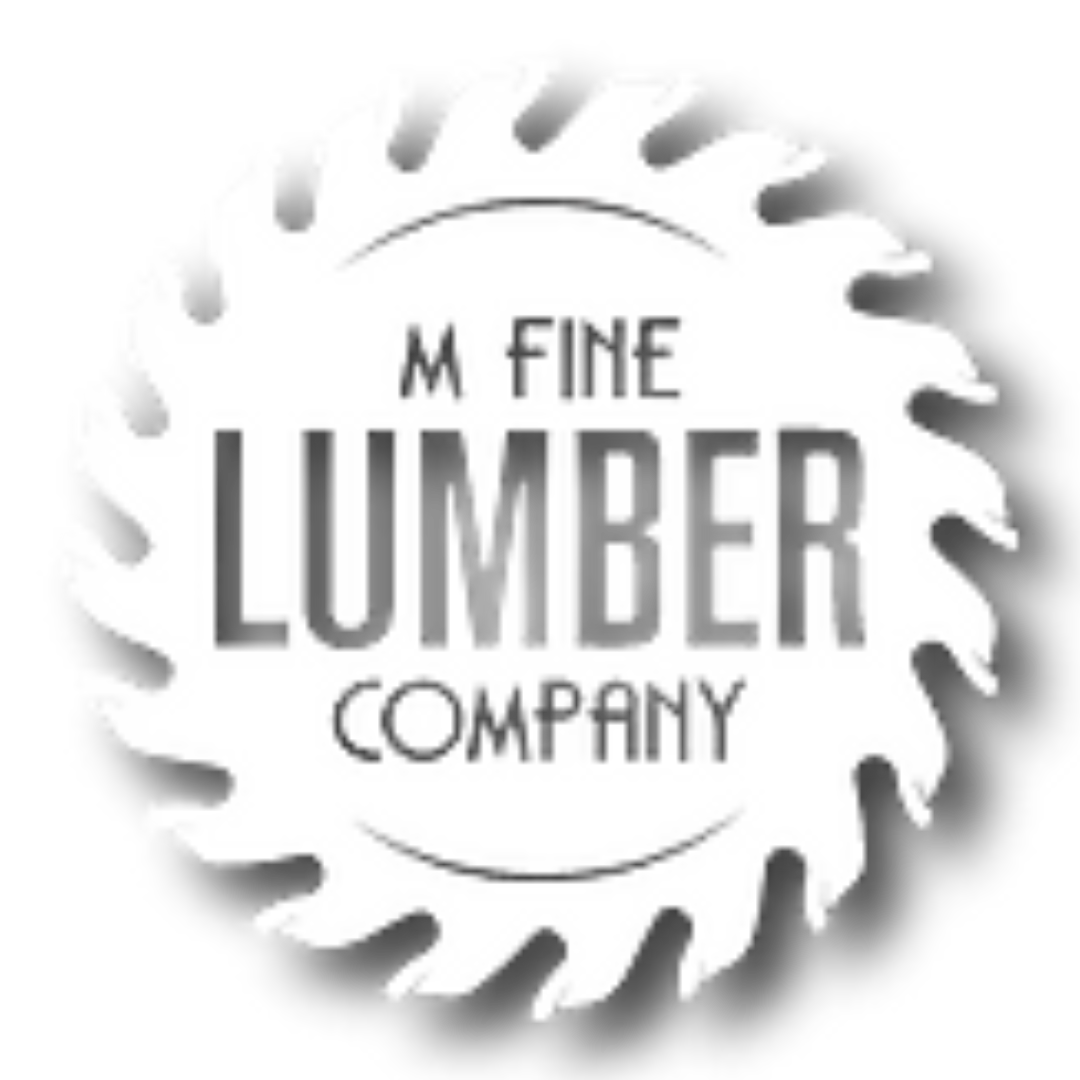Shelf brackets are a crucial component of shelving as they provide the support system needed so shelves can hold items effectively. Whether you’re building a shelf from scratch or mounting one onto existing walls, it’s important to know what types of shelf brackets are available and when they are most applicable. In this blog post we’ll look at the structure and function of each type, from heavy duty brackets to hidden shelf and pipe shelf brackets, so you can make an informed decision on which kind is right for your particular project.
Choose a Type of Wood for Your Shelves
-
Dimensional Timber: These include common lumber from hardware stores like Home Depot. It’s a simple and cost efficient alternative. They typically sell both low-cost pine boards and more costly oak timber.
-
Premade Shelving: Many websites and hardware stores sell this type of shelving. These include standard laminated wood shelves as well as more natural hardwood shelves.
-
Live edge or Salvaged Shelves: If you’re searching for more interesting or unfinished pieces of wood, you should consider reclaimed wood shelves.
-
Customized Shelves: Another alternative for a less hands-on approach is to hire a woodworker or carpenter to make custom shelves. This is often a more costly choice, but it allows for entirely customizable sizes and finishes.
Select Your Bracket Style
After choosing your type of wood for shelving, it’s time to pick out a style of brackets for your floating shelves:
-
L brackets: Also known as brass shelf brackets, are the most common and basic type. Because the uneven rough edge of live edge timber does not usually fit inside a front lip, brass shelf brackets are the best option for irregularly shaped planks.
-
Z Brackets: These are the most classic and typical brackets. These brackets have a leg support beneath the shelf and the boards will lie flat against the wall with a front “lip” that extends around the shelf edge. This is a very traditional design that is suitable for starter projects. This is also useful for existing shelves that require extra support since they can be installed without removing the shelf.
-
J Brackets: This kind of bracket creates a ‘floating’ look by placing the leg support above the shelf while the front lip wraps around the shelf to keep it in place. The board does not sit completely flat against the wall since the metal leg is hidden beneath the shelf. J brackets are an ideal choice for creating sturdy shelves while maintaining the minimalist, floating effect.
-
Heavy duty shelf brackets: These are specifically designed for larger and heavier shelves, making them perfect for holding heavier items. Heavy duty shelf brackets are built to be tough and are coated with corrosion resistant finishes to ensure they will stand up against extreme weights and hold up well over the years.
-
Hidden shelf brackets: These shelves are a creative way to display items while maintaining an elegant, clutter-free look. When installing hidden shelf brackets, the shelves slip into the mounting hardware and hang against the wall without needing visible support. This makes them the perfect choice for adding storage space with minimal visual impact.
-
Folding shelf brackets: This sturdy type is used to construct a variety of shelves. Folding shelf brackets allow for adjustable levels of depth and angle, making them incredibly versatile for a number of practical uses. Folding shelf brackets are perfect for creating an organized workspace or for providing extra storage in the kitchen or bathroom.
-
Pipe shelf brackets: These are a stylish and practical choice for a floating shelf. These shelving fixtures offer a unique industrial look, perfect for adding an interesting focal point to contemporary apartments or commercial interiors. Traditional pipe shelf brackets consist of two pipes connected by cast iron flanges.
Identify the Number of Brackets Needed for Each Shelf
Here are our suggestions for the number of brackets required depending on the length of the shelf:
-
2 brackets for 0” to 36”
-
3 brackets for 37” to 68”
-
4 brackets for 69” to 100”
-
5 brackets for 101” to 132”
-
6 brackets for 133” to 164”
Floating shelf brackets come in a wide range of materials, styles, and sizes to suit your every need. With so many options on the market, it’s important to understand the different types of shelf brackets and their properties before making a purchase. Armed with this knowledge, you can choose the perfect brackets for your shelves and make sure they provide years of reliable support.





Comments (0)
There are no comments for this article. Be the first one to leave a message!